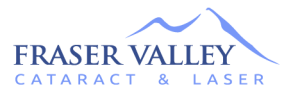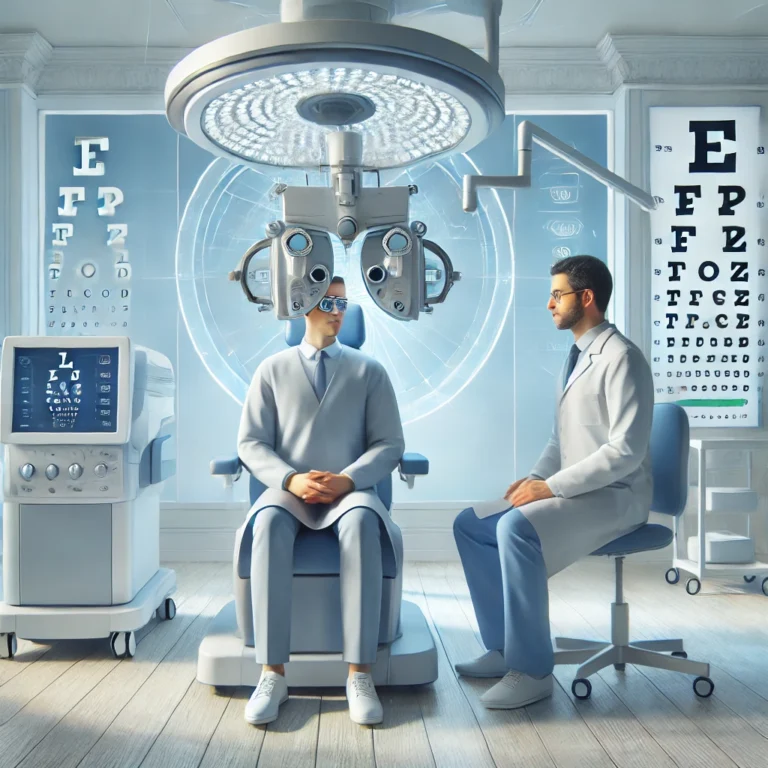Choose the right Vision Correction Procedure.
How can I choose the right Vision Correction Procedure? If you wish a life without glasses or contact lenses, you have many great alternatives today thanks to recent developments in technology and medicine during the last 20 years making it easy to choose the right vision correction procedure. Almost everyone has the chance to do the correction to reduce their need for contact lenses or glasses or even get rid of them altogether. How can you decide which procedure meets your expectations?
The best approach is to review all the best options that can enable freedom from glasses and contact lenses.
Most probably, you have heard of the LASIK procedure that is one of the widely known and most preferred vision correction procedures worldwide. The cornea, which is the transparent protective outer layer of the eye, helps focus light to create an image on the retina like a camera focusing function to create an image on film. If there is a vision problem, usually the shape of the cornea and the eye are not perfect, and the image on the retina is out-of-focus therefore, blurred or distorted. Lasik procedure, which has been performed more than 20 years, is based on essentially the altering of the cornea with a laser to achieve a better focus of the image on the retina that results in visual correction. The first step in Lasik is creating a very thin flat piece of the cornea, a flap, which can be created either with a specific type of laser called femtosecond laser or with a device called a keratome. The second step is precisely reshaping the cornea under this thin layer by another unique computer programmed laser and changing its focusing power to achieve a corrected vision.
This very popular procedure is usually suitable for candidates over the age of 18 with healthy eyes and cornea with appropriate corneal form and thickness.
The nearsightedness, farsightedness, and astigmatism can be corrected with LASIK in the majority of the cases within the 12-24 hours after the procedure. However, even though it is the most commonly used procedure; it is not right for everybody. Patients with corneal disease, any eye disease that results in a progressive deterioration of the vision and thinning of the cornea (keratoconus), severe dry eye are some of the conditions that make you a poor candidate for LASIK.
Another option is PRK (Photo Refractive Keratectomy), where the surgeon gently removes the corneal epithelium, without creating a flap, and then applies the laser to the surface of the cornea to reshape it. The epithelium, the top layer of the cornea, is not replaced but will grow back naturally, conforming to your cornea’s new shape. This procedure is also safe and provides similar results to LASIK. Due to the need for regrowth of the epithelium, a full recovery is relatively slower than the LASIK. The healing process usually lasts over five days. PRK can be the right choice for patients with thinner corneas, specific corneal shapes, or functional conditions. There are different names for PRK techniques, such as LASEK, Surface Ablation, Advanced Surface Ablation, transepithelial PRK and “No touch “vision correction. PRK can correct nearsightedness, farsightedness and astigmatism with a good track record like the LASIK procedure. PRK accounts for roughly 15% of laser vision corrections in the US.
Another option for surgical vision correction is an implantable contact lens, ICL, a small soft lens inserted into the eye in front of the person’s natural lens with typically 1-2 days of recovery time. Therefore, the ICL works very similarly to a contact lens and indicated to correct farsightedness, nearsightedness and astigmatism. ICL can be an excellent choice for patients who are not suitable for Lasik or PRK due to significant corrections or very thin cornea. Ideal ICL patient is under 45 years with healthy eyes. Your doctor will determine if your eyes appropriate for this treatment before the procedure.
The RLE (Refractive Lens Exchange) is another vision correction technique for patients who are and over 45 years old. This permanent solution can reduce the need for distance vision glasses and reading glasses. In this procedure, the natural lens of the patient is replaced with a customized artificial lens similar to a cataract procedure. Since younger people still retain accommodation and usually do not need reading glasses yet, RLE can be an attractive option for persons over the age of 45 who wants to have a clear vision for both distance and reading without glasses and contact lenses. Another reason to prefer RLE by patients over 60 who have healthy eyes developing cataracts, which is a widespread aging condition in this older group. Patient’s prescription, corneal form and thickness, visual expectations and age are important factors to determine the eligibility for RLE that is a very effective and lifetime solution for clear vision.
A less standard procedure is SMILE, an acronym for Small Incision Lenticule Extraction. In the SMILE procedure, the surgeon uses a laser to generate a small tissue within the cornea and extract it with forceps to alter the corneal shape. Even though this method can help some patients with vision correction, the advantage over LASIK is highly questionable. Therefore, most refractive surgeons prefer Lasik for their patients to correct the vision due to the easy, safe and effective application of LASIK. However, PRK, ICL and RLEs keep their places as great options for the right patients.
A patient’s first step to decide to choose the right vision correction procedure would be having a complete eye examination, the necessary tests and a consultation session with the refractive eye surgeon. Before booking an eye examination, it would be a wise approach to check whether the center offers LASIK, PRK, ICL and RLES since not all the ophthalmologists offer the complete spectrum of treatment options. It is a very high probability that your surgeon will offer you a personalized solution considering your age or expectations.
The first step for no more glasses or contact lenses is a free consultation at Fraser Valley Cataract and Laser. Click here for more information to help you choose the right vision correction procedure.
Click here to take our free self-evaluation test!







